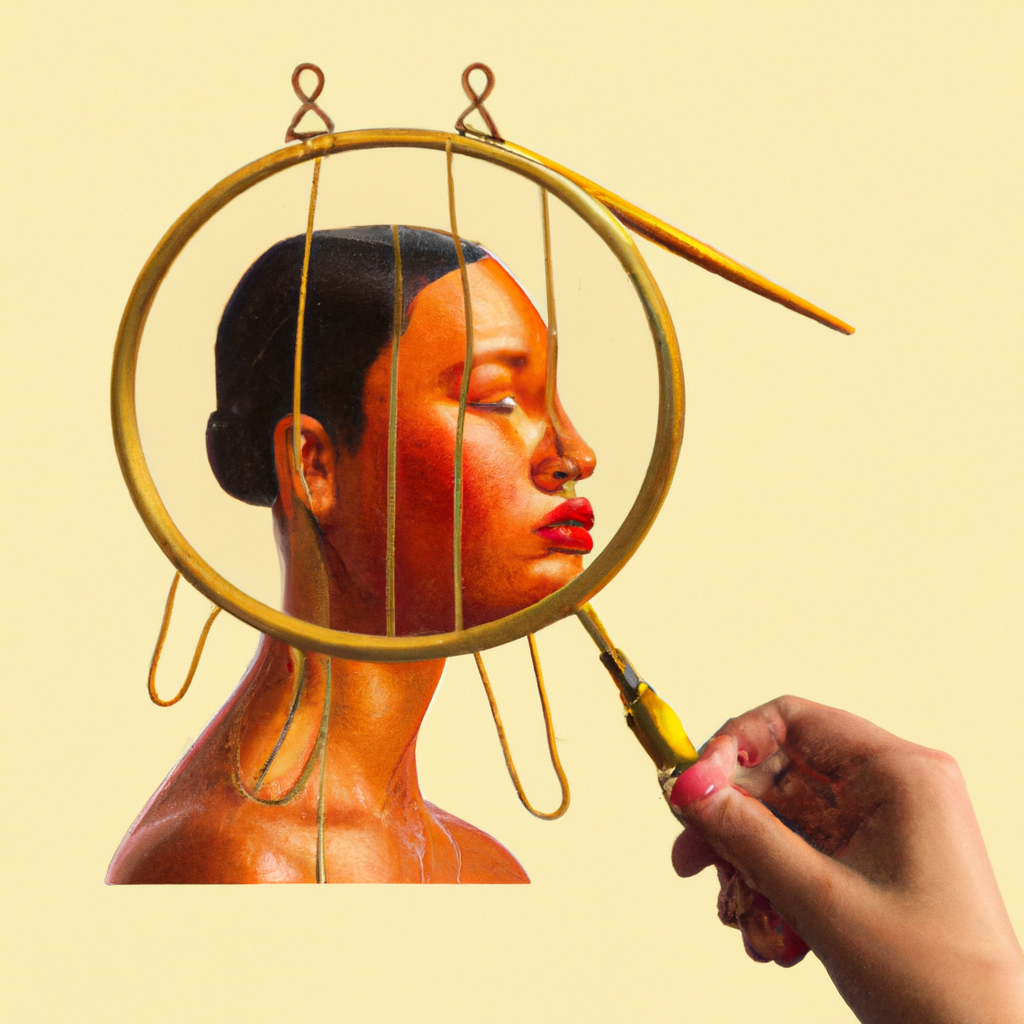
In the luminescent atriums of fame where art and controversy often waltz in dim shadows, Kehinde Wiley — a name synonymous with regal interpretations of Afro-American portraiture — finds himself entwined in grievous allegations once again. Derrick Ingram, a prominent activist, has stepped forward with accusations of sexual assault against Wiley, igniting an inferno of discourse surrounding moral accountability and the sanctity of artistic spaces.
Wiley, whose bold, baroque portrayals of Black figures on grand canvases have long positioned him at the zenith of cultural discourse, had scarcely moved past similar accusations lobbed by Joseph Awuah-Darko in May. These renewed allegations by Ingram immerse the art community in a profound perplexity, challenging the paradigms of viewing and valuing art amidst the flaws of its creator.
This controversy emerges not just as a narrative of alleged transgression but as a sprawling tableau, forcing introspection within the intersecting realms of art, society, and morality. Wiley's case provokes a compelling question: How does one reconcile an artist's visionary contributions with their potential failings as individuals? It brings to the fore the ever-present tension between artist and artifact, between creator and creation.
Moreover, the response of the art community and its patrons will likely shape an evolving ethos surrounding art consumption and celebrity. As this story unfolds, the implications stretch beyond Wiley’s luminous portraits, becoming a mirror reflecting the complex visages of all those who gaze upon it, prompting a profound evaluation of the figures we choose to celebrate and the pedestals we construct for them.
In a society increasingly vigilant about ethical consistency, the unfolding narrative around Kehinde Wiley might not merely alter his legacy but could redefine the contours of cultural valorization. As we continue to navigate these tortuous waters, the art community must ponder an eternal dilemma: the balance of artistic merit against moral imperatives, where the beauty of the brushstroke meets the ethics of the hand that paints it.